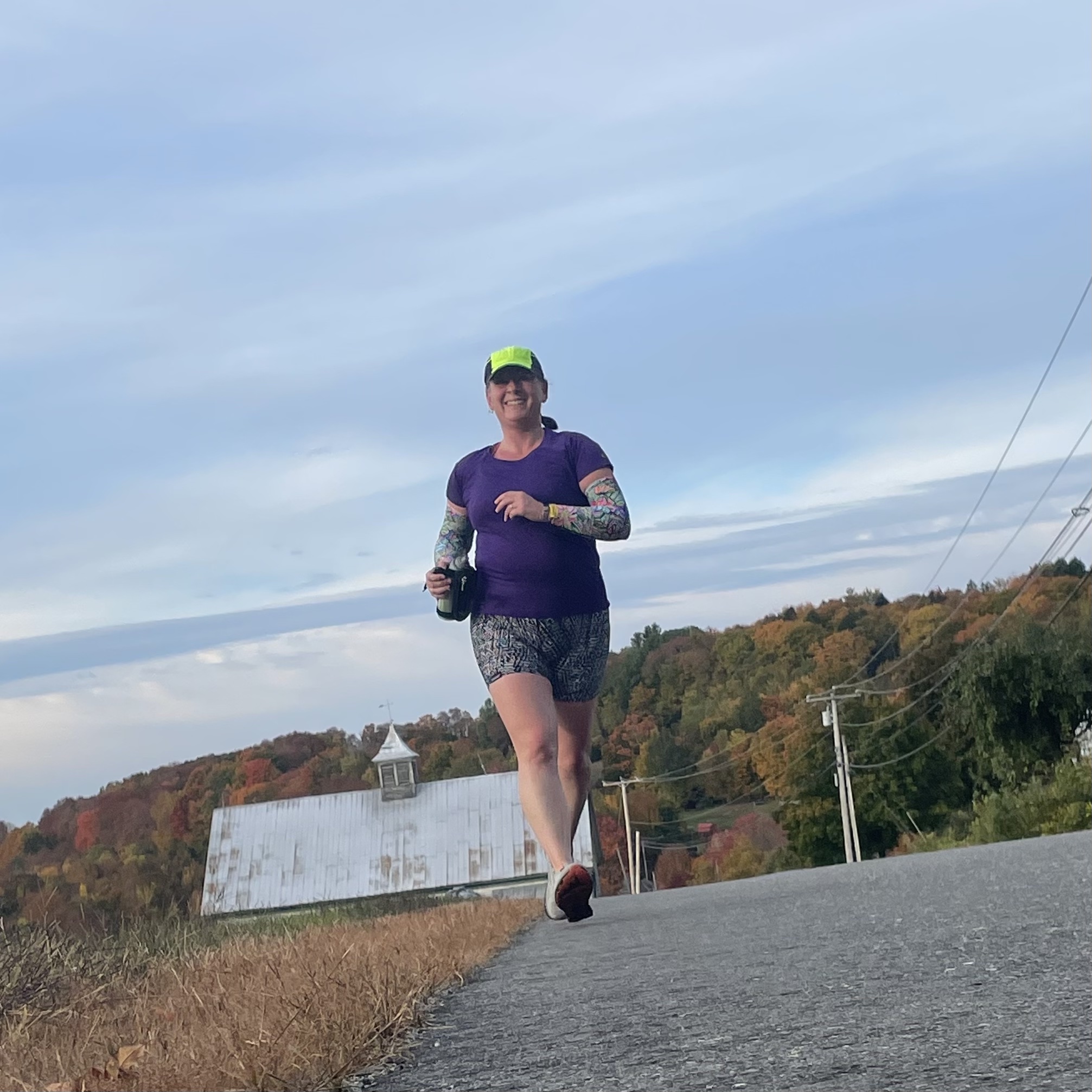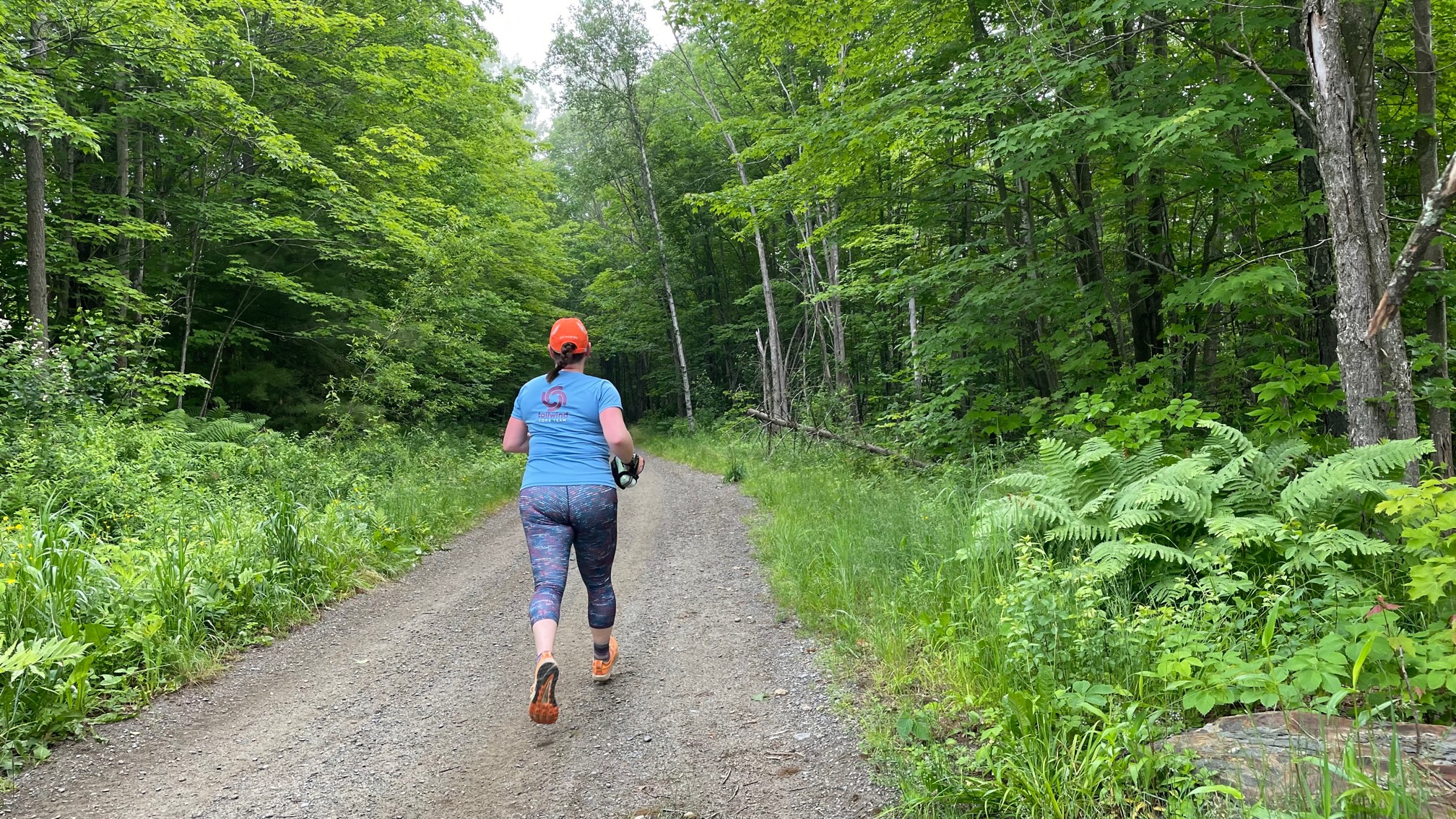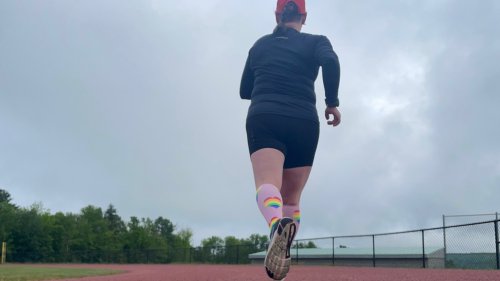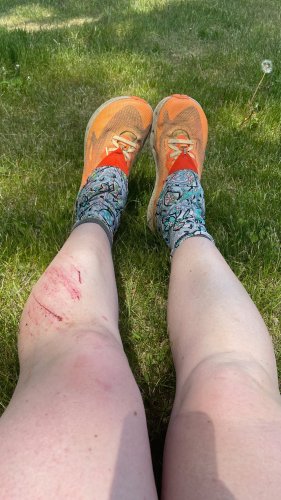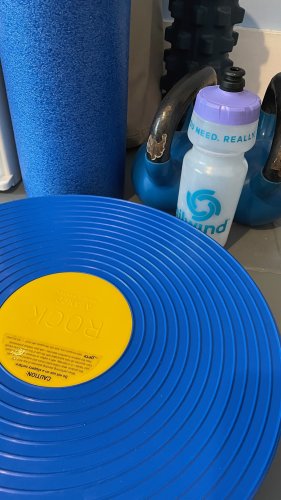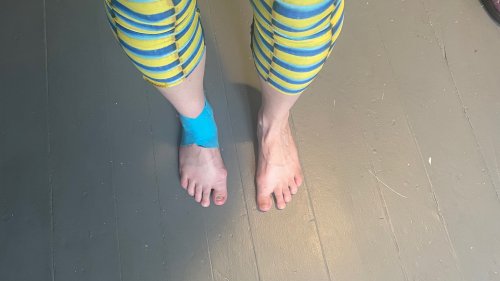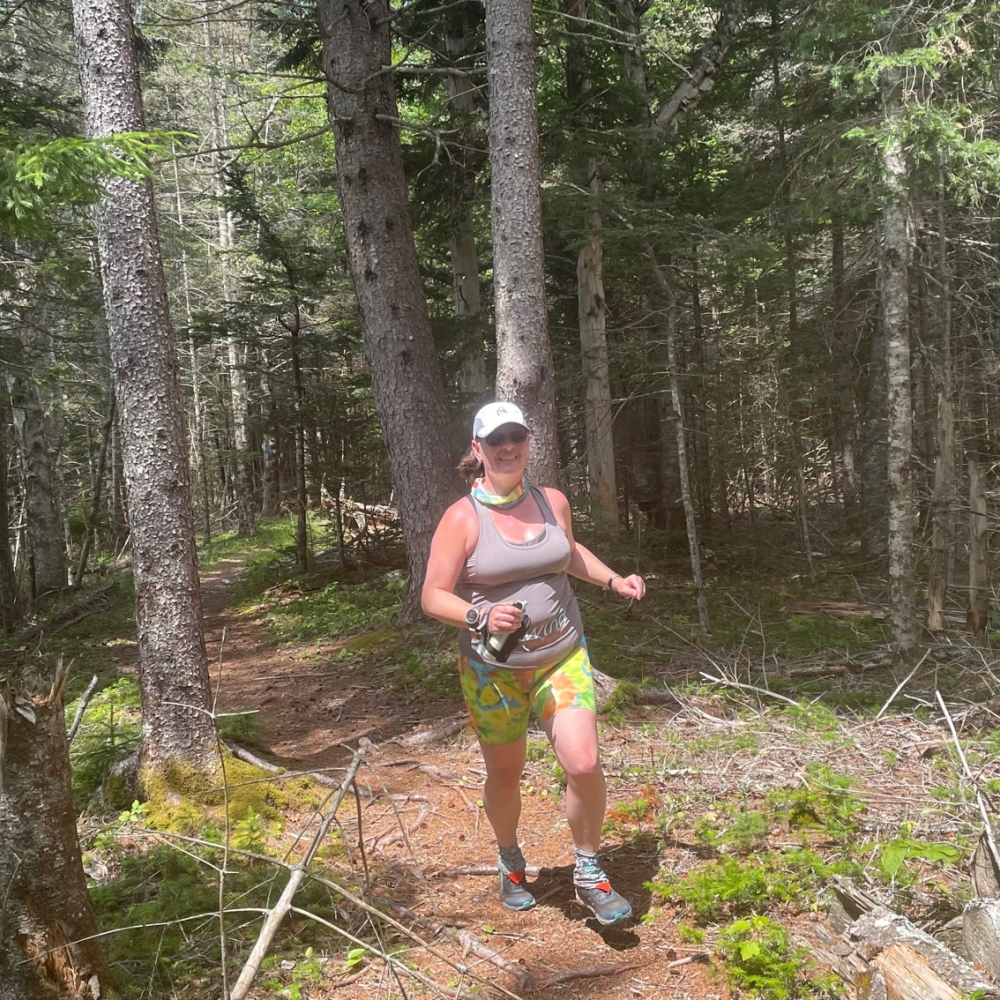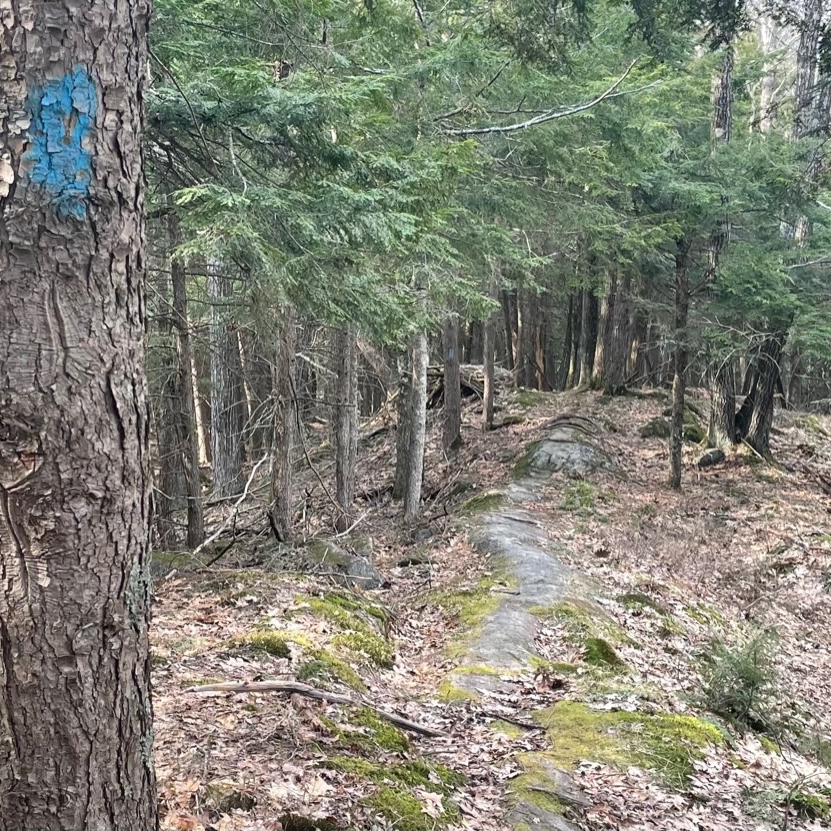When I decided to finish the Pineland 25k after rolling my ankle, I knew my rehab was going to be busy.
Any sprain leaves you with work to do, but my choice to continue running on it created more inflammation and irritation. Still, it's only a grade one sprain, so things are fairly straightforward. First, time to let the acute symptoms pass. Next, cross-training to keep the joint moving as it heals. And then, after, slowly reintroducing running to my training.
I needed a few extra days with the foot up to help with the swelling. It didn't puff up immediately in the race, but I felt my shoe getting kinda tight by the finish line. I was ok on the ride home and thought the evening, so I started to wonder if I had somehow gotten away with it. However, I woke up swollen the next morning and needed to take time to allow the inflammation to do its work. It's important to remember that inflammation has a physiological purpose--bringing blood flow to an injury so that it can properly heal. When we practice RICE protocols--rest, ice, compression and elevation--we don't want to fully prevent inflammation. We just want it under enough control so that the swelling does not become the primary source of pain. I was a RICE rockstar for a couple days, then it was time for the next phase.
As we've learned more about how to best heal a sprain, we've realized that the RICE phase can be shorter than we used to do, and that mobilizing the joint is important for neuromuscular healing and for preventing overdevelopment of scar tissue. With more sever sprains, RICE and mobilization can be concurrent, but you'd likely want to double check the timings with a physician or MD. This isn't my first grade one sprain (I've been trail running for a long time) so I was pretty confident about timing the next phase for myself. I started by pool running, which is a sneaky hard workout! You work all your running muscles, but against the resistance of water, In the meantime, the hydrostatic pressure and absence of weight bearing are super supportive to a healing ankle. I got to mobilize the joint in a low-risk way and still feel satisfied by the intensity of my session. To further mobilize my ankle in every plane of movement, I added some basic wobble-board motions with 50% of my body weight.
Next, I added some time on the elliptical to the schedule. I get a full, weight-bearing range of motion but no impact to irritate the ankle. For me, this is the phase where I need to work on my patience. It's super tempting to stay on the elliptical for hours because it feels so good to be moving again, but it's so easy to do too much too quickly. We're so worried about deconditioning when we're injured, but that takes a surprisingly long time to happen. We're using a ton of calories and resources to heal, and our normal training pace can register like overtraining on a healing body. Trail Society has a fantastic episode on this if you are looking for a longer listen on this topic.
Once I graduated to longer sessions on the elliptical, it was time to reintroduce impact. At this point, I had given myself two full weeks since Pineland before running a single step. I started out on the local high school track. The flat surface promised that impact would be the only new challenge to my ankle and the constant proximity to my car meant that as soon as discomfort set in, I could end the run. I had a perfect test run and I've been consistently joined by friends who've wanted to do their recovery runs with me. I started running on alternate day, then progressed to two in a row with the third day off.
Next came the Whistle Stop Trail, a former rail bed converted into a multi-use trail. The gravel surface is smooth enough for my current lateral stability and the grade is gentle. The big challenge here was not running so far that I couldn't return quickly to my car if anything felt off. Fortunately, my track work gave me a very accurate sense of how much milage my ankle can take. I've appreciated getting back into the woods and seeing wildlife on during my morning miles.
Now, about four weeks out from the injury, comes the next phase: technical trails. I'm feeling good about my lateral stability and pain levels. It's time to put my ankle to work in the fun stuff, but I'm not just going to go all in. I'm going to add a little singletrack session to the end of my runs on the WST and increase the time on technical trails as my confidence grows. I expect to be a little stiff and tentative, but I've always reacclimated well in the past. I'm not intimidated by this next phase in my recovery because I know that I've set a ton of patient groundwork.

